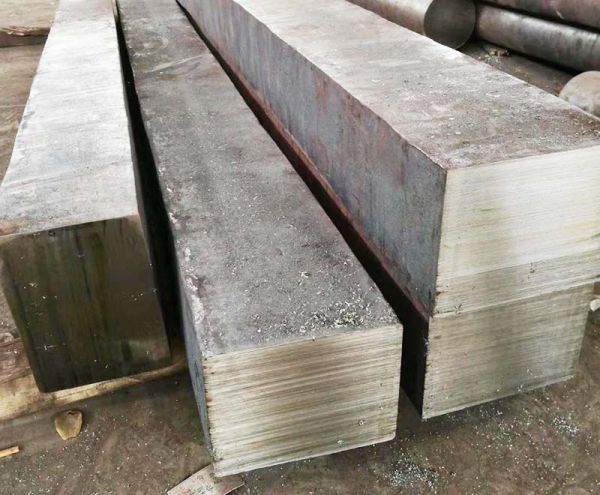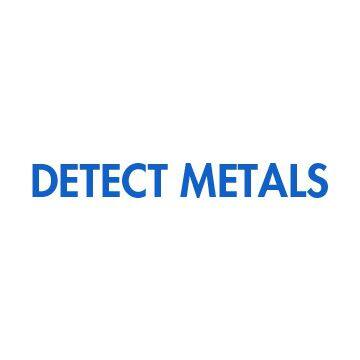Home > Company News > Difference Between 316 and 316l Stainless Steel
Company News

316 and 316L stainless steels are molybdenum-containing stainless steels. The molybdenum content of 316L stainless steel is slightly higher than that of 316 stainless steel. Due to the molybdenum content in the steel, the overall performance of the steel is better than 310 and 304 stainless steel. Under high temperature conditions, when the sulfuric acid concentration is lower than 15% and higher than 85%, 316 stainless steel has a wide range of uses. 316 stainless steel also has good resistance to chloride attack, so 316 Stainless Steel Sheet is usually used in marine environments. 316L stainless steel has a maximum carbon content of 0.03, which can be used in applications that cannot be annealed after welding and require maximum corrosion resistance.
1. Corrosion resistance:
Corrosion resistance is better than 304 stainless steel, and has good corrosion resistance in pulp and paper production. 316 stainless steel is also resistant to marine erosion and aggressive industrial atmospheres.
2. Heat resistance:
In intermittent use up to 1600 degrees and continuous use below 1700 degrees, 316 stainless steel has good oxidation resistance. In the range of 800-1575 degrees, 316 stainless steel is preferably applied discontinuously, but when 316 stainless steel is continuously used outside the temperature range, the stainless steel has good heat resistance. 316l Stainless Steel Sheet has better carbide precipitation resistance than 316 stainless steel, and can use the above temperature range.

316l Stainless Steel Sheet
3. Heat treatment:
Annealing is performed in a temperature range of 1850-2050°C, then rapid annealing, and then rapid cooling. 316 stainless steel cannot be hardened by heat treatment.
4. Welding:
316 stainless steel has good welding performance. All standard welding methods can be used for welding. Welding can be based on the use of 316Cb, 316L or 309Cb stainless steel filler rods or electrodes. In order to obtain the best corrosion resistance, the welding section of 316 stainless steel needs post-weld annealing. If 316L stainless steel is used, post-weld annealing is not required.
Typical use:
Pulp and paper equipment heat exchangers, dyeing equipment, film processing equipment, pipes, building exterior walls in coastal areas.
-
competitive prices for stainless steel plate
-
TISCO stainless steel plate
-
stainless steel dinner plate
-
stainless steel plate
-
304 stainless steel plate in stock
-
410S stainless steel plate in stock
-
And hot rolled yoke steel B350TG179 for hydrogenerator rotor of Baosteel and WISCO.Contact mailbox:fwh15827352309@outlook.com
-
M35 / M42 / ASP23 / ASP30 / ASP60 High-Speed Steel – Premium HSS for Cutting, Milling & Precision Tools
-
M35 / M42 / ASP23 / ASP30 / ASP60 High-Speed Steel – Premium HSS for Cutting, Milling & Precision Tools
-
M35 / M42 / ASP23 / ASP30 / ASP60 High-Speed Steel – Premium HSS for Cutting, Milling & Precision Tools
-
High Speed Tool Steel – M35 / M42 / ASP23 / ASP30 / ASP60 | Excellent Wear Resistance & Toughness
-
M2 High Speed Tool Steel – Versatile HSS for Cutting & Forming Tools
-
Cr12MoV Cold Work Tool Steel – High Wear Resistance & Toughness
-
DH2F Cold Work Tool Steel – High Toughness & Wear Resistance
-
HPM50 Plastic Mold Steel – High-Performance Pre-Hardened Tool Steel
-
HPM38 Plastic Mold Steel – Pre-Hardened, High-Performance Tool Steel
-
TDAC Mold Steel – Tough, Reliable, and Ready to Perform
-
TDAC Mold Steel – High Toughness & Pre-Hardened Plastic Mold Steel
-
Premium HPM75 High-Performance Mold Steel – Excellent Wear Resistance & Machinability
-
Premium HPM75 High-Performance Mold Steel – Excellent Wear Resistance & Machinability
-
NAK55 Pre-hardened Plastic Mold Steel – Excellent Machinability & Polishing Performance
-
bimetal compound wear plate chromium hardfacing cladding welding wear plate
-
wearing chromium carbide overlay plate chromium carbide wear surface plate hardfacing liner plate
-
high chromium carbide weld plate chromium carbide welding plate bimetallic chromium carbide coated plate

